Deck & Commander Strategies

Kardur, Doomscourge
Aggressively forces opponents to attack and lose permanents, benefiting from combat damage and attrition to control the board and pressure opponents.
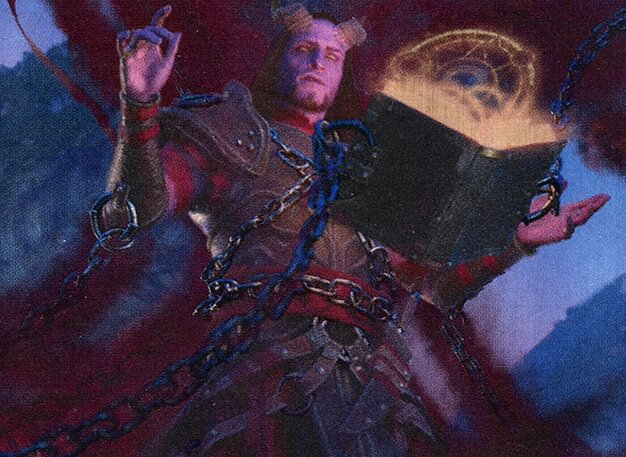
Prosper, Tome-Bound
Generates treasure tokens and uses them to ramp into powerful spells while encouraging opponents to engage in risky plays that fuel Prosper's resource advantage.

The Lord of Pain
Punishes opponents with damage redirection and life gain, creating a taxing environment where every spell cast harms others and sustains the Lord of Pain’s life total.
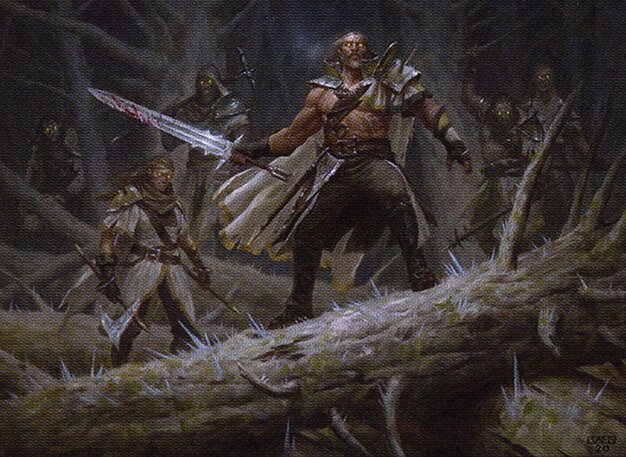
Tovolar, Dire Overlord
Utilizes werewolf tribal synergies and day/night mechanics to create a wide board of creatures, generate card draw, and maintain pressure via combat damage.
Gameplay Insights
- 1
King Duelist’s card reveal mechanic created a high-risk, high-reward dynamic that forced players to carefully weigh life loss against card advantage.
- 2
The Lord of Pain’s ability to redirect damage from opponents’ first spells each turn cleverly manipulated political pressure and board control without directly attacking.
- 3
Tovolar’s werewolf tribal synergy and night transformation provided consistent card draw and board presence, making him a persistent threat throughout the game.
- 4
Prosper’s treasure generation encouraged opponents to make risky plays, effectively turning their resources against them and building Prosper’s advantage.
- 5
Removing Swiftfoot Boots early was a key strategic move to mitigate haste and protection, slowing down aggressive plays and providing more control over combat phases.
Notable Cards
-
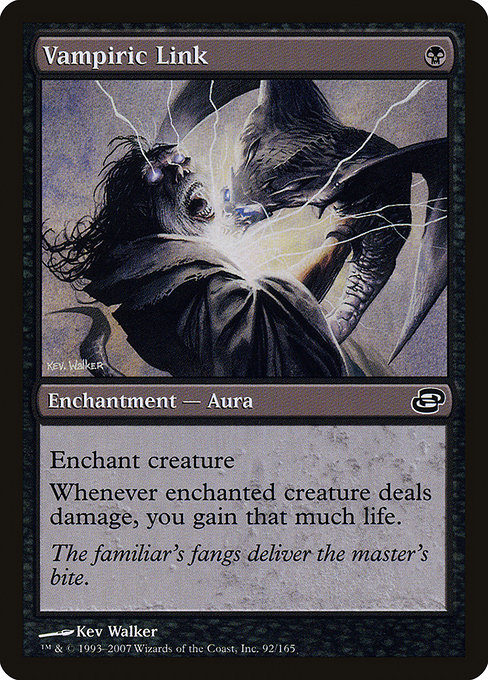
Vampiric Link
-
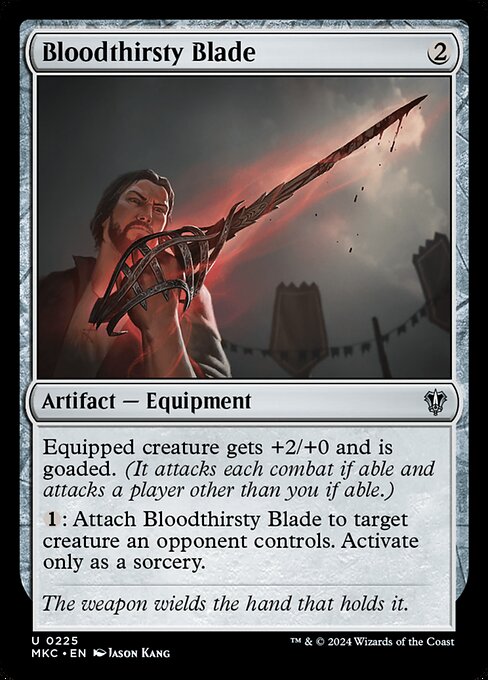
Bloodthirsty Blade
-
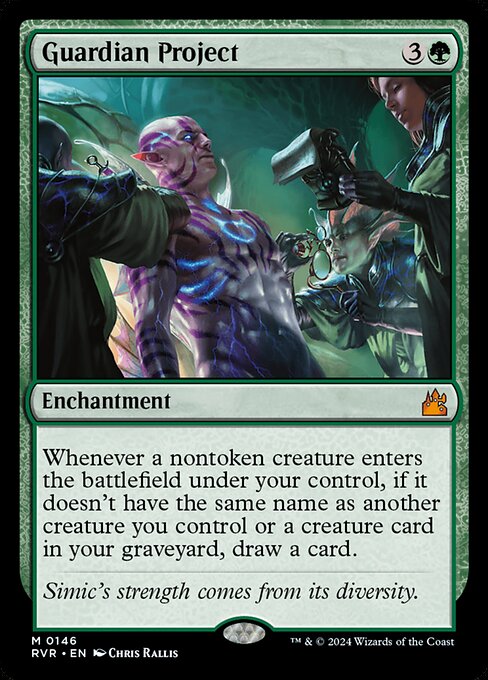
Guardian Project
-
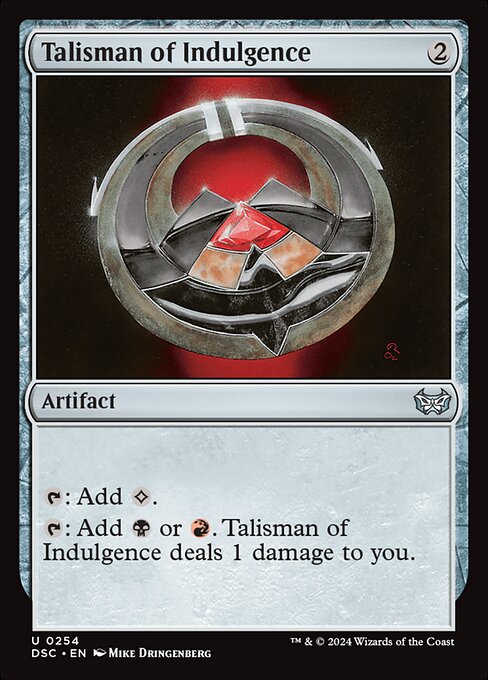
Talisman of Indulgence
-

Swiftfoot Boots
Gameplay Summary
The game featured four commanders themed around horror movies, each with unique synergies and game plans.
Early turns saw players setting up their boards with ramp and utility lands, while deploying key creatures like Tovolar, Dire Overlord to exploit day and night mechanics and generate card advantage through werewolf triggers.
Prosper, Tome-Bound established a treasure-based engine, encouraging opponents to engage in a risky game to fuel his resources.
Kardur, Doomscourge focused on aggressive combat and forcing opponents into attacking and losing permanents, while The Lord of Pain leveraged damage redirection and life gain to wear down opponents steadily. A pivotal moment came when King Duelist was played, introducing a risky card reveal mechanic that drained life from both the caster and an opponent but provided card advantage.
This shifted the tempo as players had to carefully manage their life totals and resources.
The Lord of Pain's ability to punish all other players whenever anyone cast their first spell each turn created pressure and subtle political dynamics, as damage was selectively assigned to opponents.
Meanwhile, Tovolar's werewolf tokens and day/night flips allowed for consistent card draw and board presence.
The game revolved around balancing aggression, life totals, and resource management, with each player leveraging their deck’s thematic strengths to outlast or outmaneuver others.


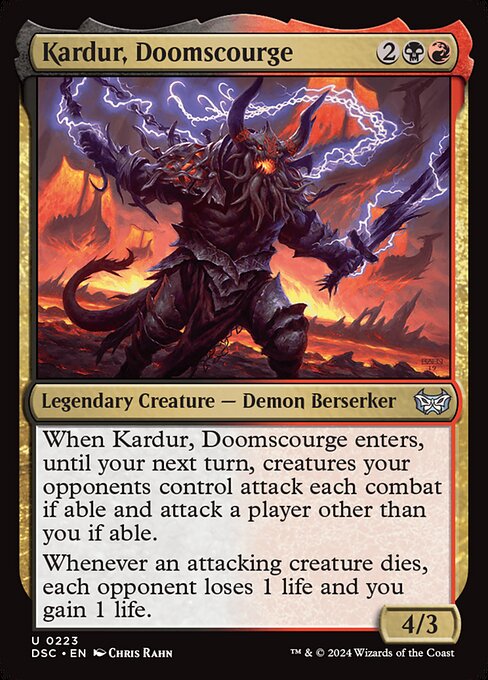

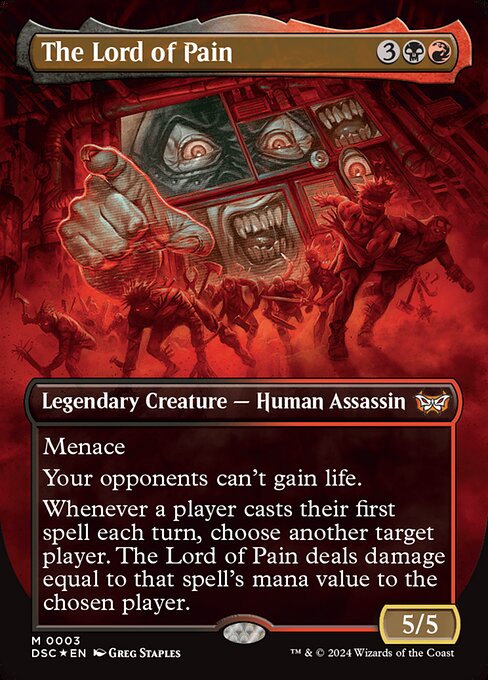







































![Starter Commander Decks [Commander VS 321] | Magic: the Gathering Commander Gameplay thumbnail](https://i.ytimg.com/vi/seEnqBzrpsU/sddefault.jpg)








